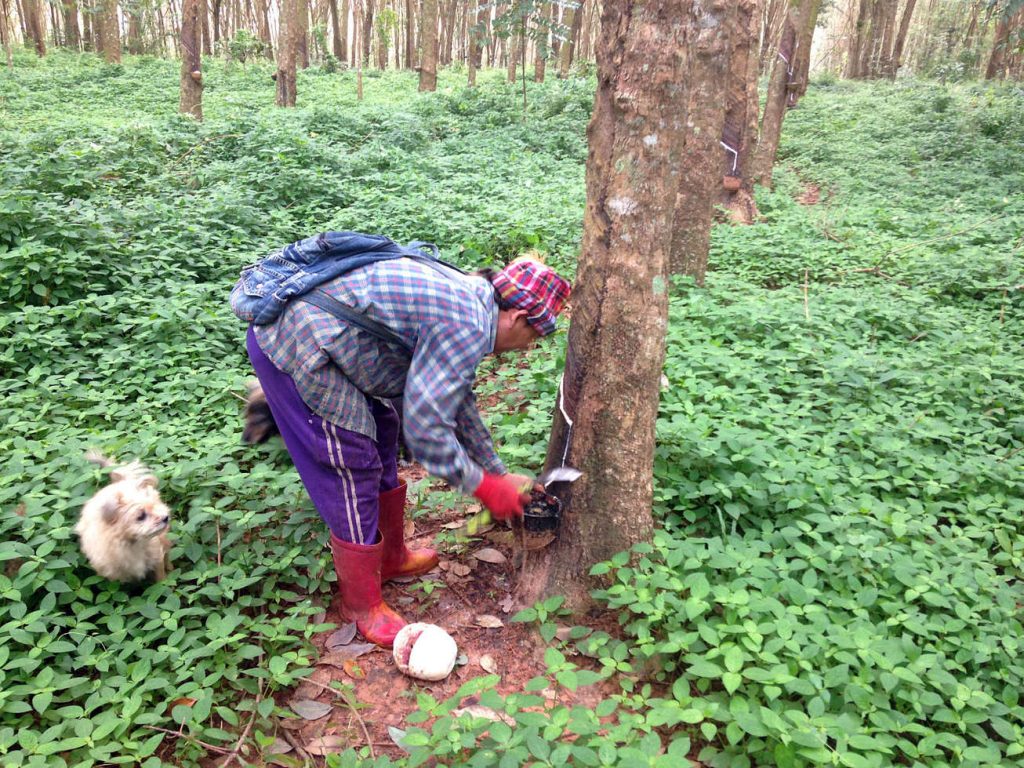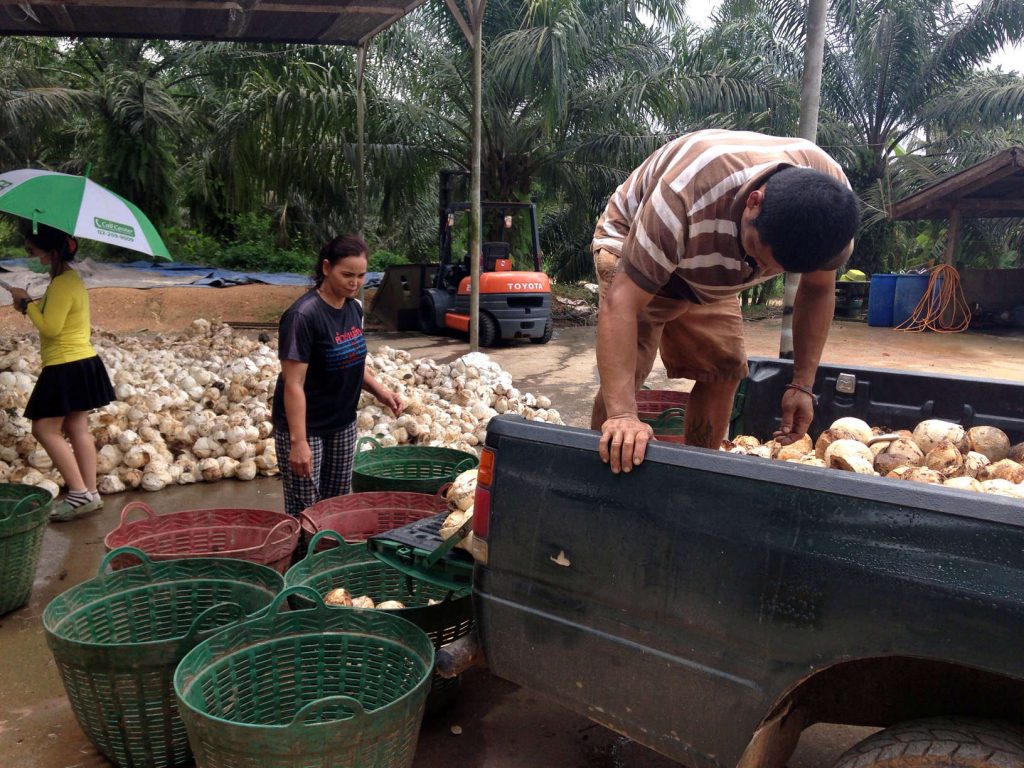新潟県十日町市の里山保全活動と狩猟実践
研究全体の概要 アフリカ、カメルーン東南部では熱帯雨林で狩猟採集を主な生業として暮らす人々が住んでいる。彼らにとって狩猟という行為は生業・文化・社会に広く影響を与えている要素として認識できる。近年は定住・農耕化や貨幣経済のインパクトを受け…

The Thai Government established rubber smallholder cooperatives in the 1990s when many smallholders suffered under the rubber price crisis. The government provided smokehouses and other facilities to the established cooperatives for processing latex into ribbed smoked sheets. My previous research suggested that the cooperatives in Chumphon could help rubber smallholders to increase their income. However, at present, only about 5% of smallholders are members of smallholder cooperatives. There is still a large knowledge gap concerning issues for non-members.
Therefore, this study aims to focus on farmers who are not members of cooperatives in a more systemic way. I selected one village where there are currently no cooperatives. Data were collected through interviews with 90 non-member rubber smallholders in Chumphon province, Thailand.
To investigate the current situation of non-member rubber smallholders in the production, processing, and marketing of rubber and family labor allocation.

Approximately 70% of smallholders had rubber planting land of less than 20 rai (3.2 ha). Most of the households’ heads were women (52%). The average age of households’ heads was 50 years. The main tapping system is a half-spiral (S/2) downward cut with a tapping frequency of two days followed by one day of tapping rest in three days (2d/3). More than half of rubber producing households tapped rubber trees on their own in order to save tapping costs. Most of the smallholders sold their rubber products as cup lump (72%), followed by latex (17%), and unsmoked rubber sheet (11%). Although the price of cup lump was relatively lower than other rubber products, it was popular among smallholders because of the advantage of saving labor and time.
The average labor force of rubber smallholder households was 2.37 family laborers. Rubber smallholders allocated 1.58 family laborers (67%) to rubber production and 0.79 (33%) to other work. In terms of the family labor allocation to other work, rubber smallholders allocated 0.22, 0.36, and 0.21 family laborers to non-rubber agriculture (28%), non-farm work (46%), and work outside as migrants (27%), respectively. This data suggests that rubber farmers still allocated a large proportion of family labor to rubber production in order to save labor costs. However, one-third of family labor was allocated to the non-rubber sector to secure family income under conditions of low rubber prices.
To date, I have studied the current situation of rubber smallholders only in traditional rubber planting areas. However, to understand the situation of rubber smallholders in Thailand as a whole, future research will examine the situation of rubber smallholders and the role of rubber cooperatives in new rubber planting areas such as northeast Thailand.
Copyright © 附属次世代型アジア・アフリカ教育研究センター All Rights Reserved.